Discover how can you fix a loose doorknob by following the simple methods mentioned here. But before that it is important that you understand how it works. A proper doorknob or door handle in an important part of any building, be it a home, office, school, or hospital. It is imperative to have good-quality doorknobs to ensure proper security in any building. Doorknobs and handles are either fixed to the interior or exterior doors.
If affixed to exterior doors, they are used with a deadbolt, or a similar locking mechanism, to increase security. Since they are used multiple times every day, to enter and exit rooms and buildings, they are prone to damage. You will have to deal with a loose doorknob or door handle at some point.
As an owner of property, this is one hassle that you must learn to take care of. It cannot be ignored, as neglect only worsens the damage. In this article, we will be focusing on the primary causes that lead to loose doorknobs and handles, and the steps that can be taken to repair them.
Firstly, it is important to know about the different types of doorknobs and handles that are most commonly being used. Only then will you be able to take effective steps to fix them.
Types Of Doorknobs & Door Handles
Quick Navigation
Doorknobs and handles are often classified based on the positioning of their screws.
They are classified as:
- Exposed mounting screw handle/knob
- Hidden mounting screw handle/knob
Exposed mounting screws are found in older door handles and knobs. Damages or issues in these are easier to fix because all the parts that work together in the mechanism are easily seen.
Hidden mounting screw door/handles are found on newer kinds of doors with a more modern design. The hidden screw doorknob is a new, screw-less fastening design.
These designs do not use exposed mounting screws and instead use mounting faceplates that obscure the screws that secure the lock in place. Due to this, hidden mounting screw doorknobs/handles are slightly more complicated to repair.
What Causes A Loose Doorknob/handle?
Now that you have a basic idea of the main types of doorknobs and handles, we can move on to fixing them. It is essential to have a proper understanding of why these issues arise in the first place as it will help you prevent it from happening in the future. An important thing to be noted; a temporary solution never fully solves the problem.
You must be equipped to fix your loose doorknob/handle so that you will never have to deal with this issue. A temporary solution will only correct the issue for a short period. One must always go for long term solutions.
- The screws that connect the various parts of the doorknob/handle may have become loose over time. This will cause the mechanism to become loose and wobbly.
- If your doors have old doorknobs and handles, proper maintenance is the key. Get them checked a serviced regularly as overtime, some parts might need fixing or replacement. This might occur due to the accumulation of dirt and rust within the locking mechanism.
- The screws of the doorknob tend to loosen over time and eventually fall off. This will impair the mechanism of the lock.
The standard tool required for fixing a loose doorknob is a screwdriver, which will be available at your local hardware store. The type of screwdriver that you use will be determined by the type of screws present in your doorknob.
How To Fix A Loose Doorknob?
Now to get down to the nitty-gritties. Loose doorknobs are handles are not too difficult to fix as long as it is done immediately, and the correct tools are used. If left unattended, you will only be jeopardizing your home’s security. Therefore, it’s best to get it done quickly.
1. Tighten The Screws
To tighten the screws of the loose doorknob/handle, you first need to completely detach the doorknob from the door. Before you do so, you must make sure you know what kind of doorknob you’re working with (as mentioned earlier).
If it an exposed mounting screw doorknob, you need to locate the screw that it holding it in place. Make sure you have a screwdriver suited to that kind of screw.
Then, gently detach the handle of the doorknob/handle. This will help you access the inner mechanism of the doorknob. The faceplate needs to be removed as well. After this is done, you can work on tightening any loose screws present.
Things get slightly tougher when it comes to doorknobs with concealed mounting screws. This does not necessarily mean more difficult. It is essentially the same process as mentioned above, but hidden mounting screw doorknobs do not have any screws set in place.
Instead, they make use of detents which fasten the doorknob/handle to its spindle without using any visible screws. These detents have to be depressed in order to remove the faceplate successfully. There are 3 ways to do this:
- Small Round Hole Detent: This is found in lever-style door handles. To depress the detent, insert a metal paper clip into the handle hole and press down the detent. You must simultaneously twist and remove the shaft off the spindle.
- Slotted Hole Detent: This is commonly found in round doorknobs. Use a small, flat blade-type screwdriver to press down the detent while removing the doorknob off the spindle.
- Button-style Detent: These are found in less expensive round doorknobs. A button is present near the surface of the shaft and needs to be pressed using a flat-blade screwdriver. At the same time, twist and remove the doorknob.
Once the faceplate is removed, you will have access to the internal screws. Now it becomes much easier to fix.
2. Repair/Replace Any Damaged Parts
The problem is not always with the screws. In some cases, the cause of damage may extend to other components of the doorknob. This usually happens in old doorknobs/handles. Over time, dirt and dust may have accumulated within the handle components, causing the locking mechanism to get damaged.
The issue could be a broken spindle or a trim that has been rusted. You cannot repair such damage when the handle is still attached to the door. It has to be detached. Only then will you be able to pinpoint the cause and location of the damage, evaluate it, and come up with a suitable way to mend it.
If any components of the handle have been damaged beyond repair, they will have to be replaced. If you are confident and familiar with this process, you can go ahead and do it yourself. Otherwise, hire a good locksmith to do so. Whatever route you take, never compromise on the security of your home. Make sure all doorknobs and handles are working smoothly without any hitches.
3. Tightening The Setscrew
This is quite a simple problem to solve. This stems from the fact that it is very easy to identify, and this problem affects only one kind of doorknob. The setscrew’s primary purpose is to connect the doorknob or handle to its adjoining spindle and so it affects only mounting screw doorknobs and handles.
If the latch does not move on turning the doorknob, it indicates that the setscrew is not in place. To fix this, you need to find the set screw. Some handles have it on their interior making them easy to find. For some, you may have to unscrew some of the exposed screws in order to access the setscrew.
Loose door handles and doorknobs are relatively common hassles that everyone deals with. They may seem like a huge burden but they really aren’t hard to rectify.
The trick is to spot the damage as early as possible and immediately take action. The longer you ignore a damaged doorknob, the harder it will get to repair. So examine your doors and handles regularly.
Clean them and keep them free of rust and any other similar corrosion. The moment you find a problem, repair it on your own or hire a locksmith if necessary. Small steps like these might seem insignificant but in the long run, they are extremely necessary.
Doors and windows make-up the exterior-most layer of security in your home. If these are secure, it’ll be a huge burden off your back. Make sure you do your part in ensuring your family’s security.












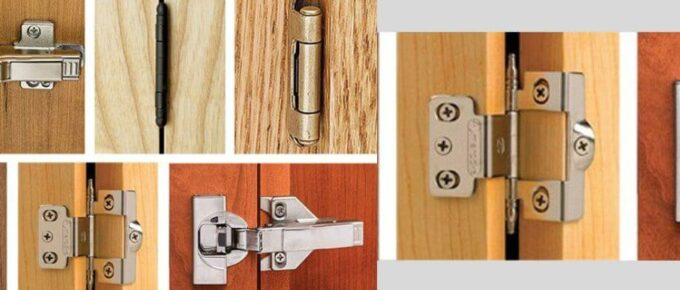
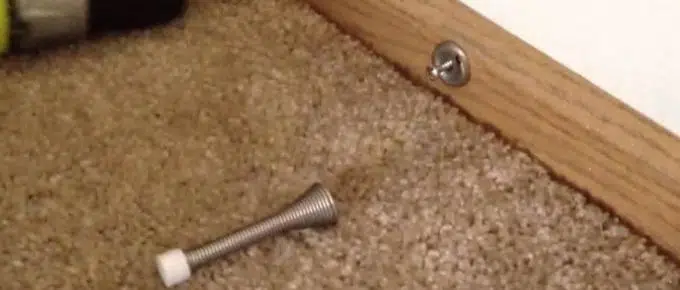
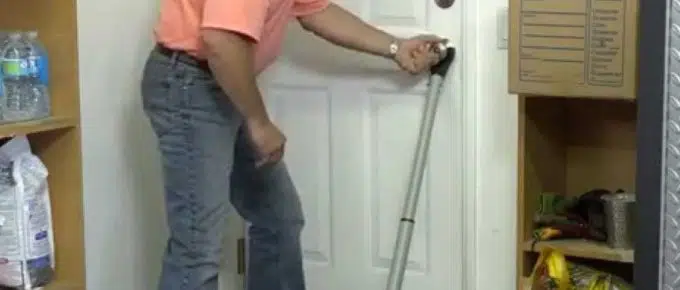
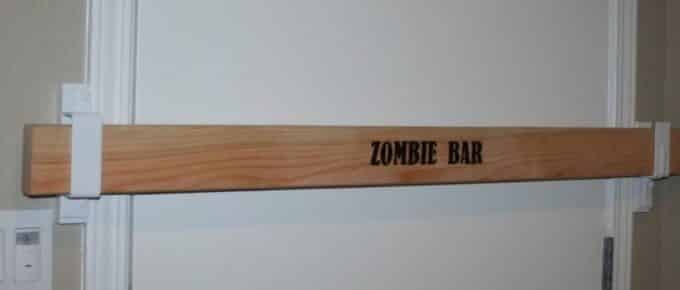
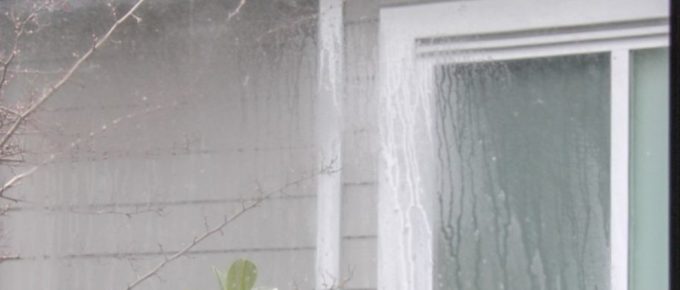
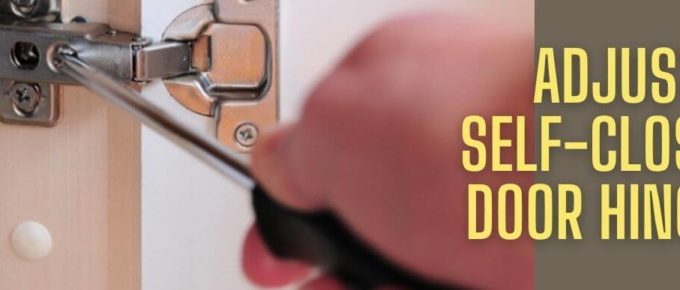
Leave a Reply